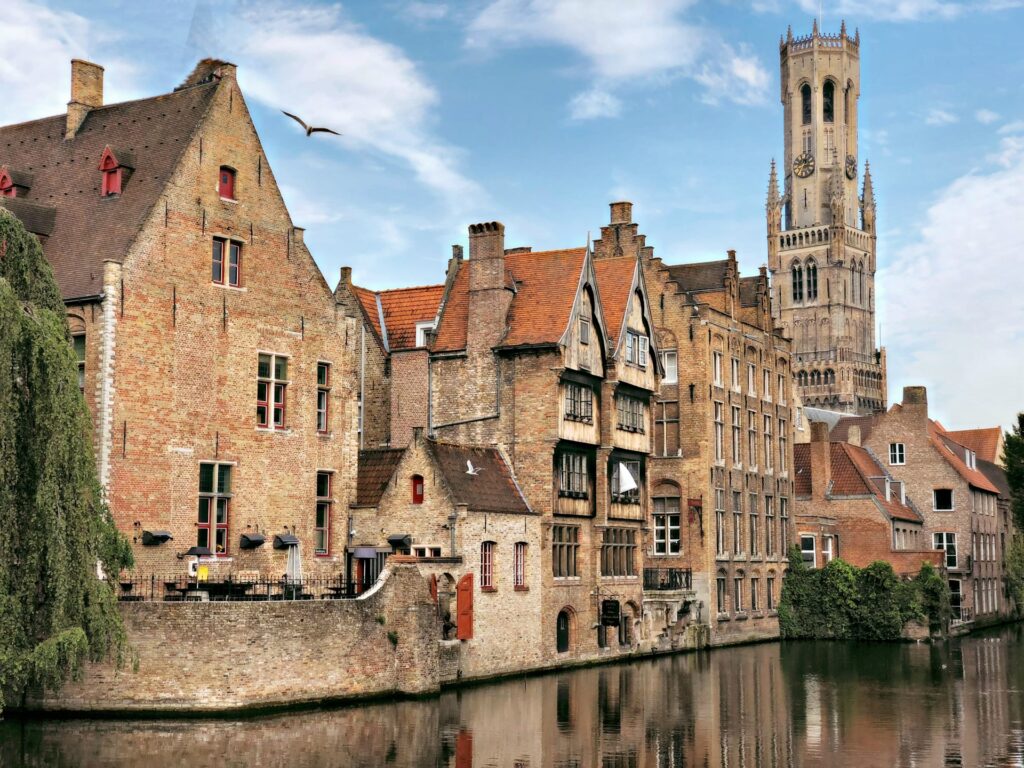Table of Contents
ToggleEurope's Top 10 Medieval Towns: Exploring the Continent's Rich History
Introduction
Europe is home to some of the most charming and well-preserved medieval towns in the world. These towns offer visitors a glimpse into the rich history and culture of the continent. From the winding streets of Venice to the Gothic architecture of Prague, Europe’s top medieval towns are a must-visit for anyone interested in history, architecture, or simply soaking up the atmosphere of a bygone era.
One of the top medieval towns in Europe is Prague, Czech Republic. With a city center largely untouched by WW2 bombings that destroyed other national capitals, Prague is the best-preserved large medieval city in Europe. Visitors can wander the cobblestone streets and admire stunning Gothic architecture, such as the famous Charles Bridge and the Old Town Square.
Another medieval town worth visiting is Bamberg, Germany. While many major European cities have histories stretching back to Roman times and beyond, Bamberg was a child of the medieval era. The first records of the city, which is located in Northern Bavaria, come from the year 902. It grew rapidly to become a key hub of the Holy Roman Empire in Central Europe. Today, visitors can explore the town’s winding streets and marvel at its well-preserved medieval architecture.
Historical Significance of Medieval Towns in Europe
Medieval towns played a crucial role in shaping Europe’s history. These towns emerged during the Middle Ages, which lasted from the 5th to the 15th century. During this period, Europe underwent significant changes, including the collapse of the Roman Empire, the spread of Christianity, and the rise of feudalism. Medieval towns were a response to these changes, and they became centers of trade, commerce, and culture.
The establishment of medieval towns was a significant event in European history. These towns were built around castles, monasteries, and other important structures. They were often surrounded by walls and had gates that could be closed in times of danger. The towns were also home to a growing middle class of merchants, artisans, and professionals who were not part of the feudal system.
Medieval towns were important centers of trade and commerce. They were located along major trade routes and were home to markets where goods were bought and sold. The towns also had guilds, which were associations of craftsmen who regulated their trade and protected their interests. The guilds played an important role in the development of European trade and commerce.
Medieval towns were also centers of culture and learning. They were home to universities, which were established in the 12th and 13th centuries. These universities were centers of learning and research and attracted scholars from all over Europe. The towns were also home to churches, cathedrals, and other important cultural institutions.
Overall, medieval towns were important centers of trade, commerce, and culture in Europe. They played a significant role in shaping Europe’s history and contributed to the development of European civilization.
Architectural Features of Medieval Towns
Medieval towns in Europe are known for their unique and impressive architectural features, which are a testament to their rich history and culture. In this section, we will explore some of the most notable architectural features of medieval towns, including defensive structures, religious buildings, and urban layout.
Defensive Structures
One of the most striking features of medieval towns is their defensive structures. These structures were designed to protect the town and its inhabitants from invaders, and they often include walls, gates, and towers. The walls were typically made of stone or brick and were several meters thick, making them almost impenetrable. The gates were also heavily fortified and were often guarded by soldiers. The towers were used for lookout and defense purposes, and they were strategically placed along the walls to provide maximum protection.
Religious Buildings
Religious buildings are another important feature of medieval towns. These buildings were often the largest and most impressive structures in the town, and they served as a center of worship and community life. The most common religious buildings in medieval towns were churches, which were often built in the Gothic style. These churches featured tall spires, stained glass windows, and intricate stone carvings. Other religious buildings included monasteries, convents, and chapels.
Urban Layout
The urban layout of medieval towns was carefully planned and designed to maximize efficiency and functionality. The town was often divided into several districts, each with its own specific function. For example, the commercial district was where merchants and traders conducted business, while the residential district was where people lived. The town center was often the location of important buildings, such as the town hall and market square. The streets were narrow and winding, which made it difficult for invaders to navigate and attack.

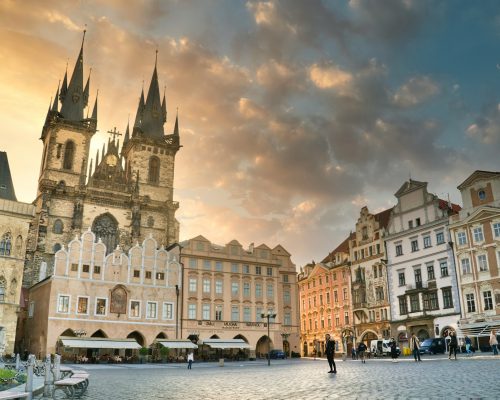
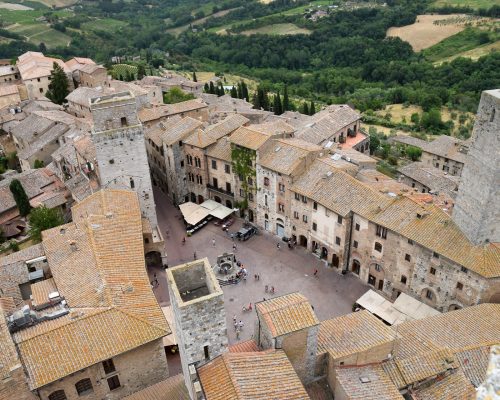
Cultural Heritage and Preservation
Europe’s medieval towns are not just tourist attractions, but they also have significant cultural heritage and historical value. With the rise of modernization and urbanization, many of these towns have been lost, and their unique architecture and culture have been forgotten. However, some towns have managed to preserve their cultural heritage, and they continue to be the pride of Europe.
One of the ways that cultural heritage is preserved is through the restoration of historical buildings and monuments. Many of the medieval towns in Europe have undergone extensive restoration work to bring back their original glory. For example, the fortified walls of Carcassonne, France, have been restored to their former grandeur, and the Gothic architecture of Siena, Italy, has been meticulously preserved.
Another way that cultural heritage is preserved is through the promotion of traditional crafts and skills. In many of the medieval towns in Europe, traditional crafts such as pottery, weaving, and metalworking are still practiced. These crafts not only provide a source of income for the locals but also help to keep traditional skills alive.
Furthermore, many of the medieval towns in Europe have established museums and cultural centers to showcase their heritage. For example, the Bruges Historium in Belgium offers visitors an immersive experience of the town’s medieval past, while the Colmar Museum in France houses an extensive collection of medieval art and artifacts.
Top 10 Medieval Towns in Europe
Europe is home to some of the most charming and historic medieval towns in the world. From the fortified walls of Carcassonne to the winding streets of Edinburgh, these towns offer a glimpse into the past and a unique travel experience. Here are the top 10 medieval towns in Europe that are worth visiting.
Carcassonne, France
Carcassonne is a fortified town in the south of France that dates back to the Roman era. The town is famous for its medieval walls and castle, which have been beautifully preserved. Visitors can walk along the ramparts and explore the narrow streets of the old town. Carcassonne is also known for its delicious food and wine.
Edinburgh, Scotland
Edinburgh is a city that is steeped in history and culture. The old town is a UNESCO World Heritage site and is home to many historic buildings and landmarks. Visitors can explore the winding streets and alleys of the old town and visit Edinburgh Castle, which sits atop a rocky hill and offers stunning views of the city.
Siena, Italy
Siena is a beautiful medieval town in Tuscany, Italy. The town is known for its stunning Gothic architecture and its famous Palio horse race, which takes place twice a year in the town’s central square. Visitors can explore the narrow streets and alleys of the old town and visit the town’s many historic landmarks, including the Siena Cathedral.
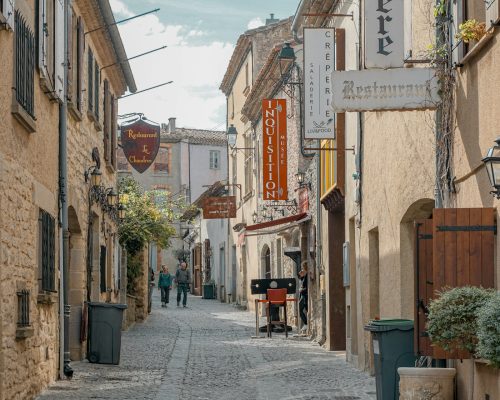

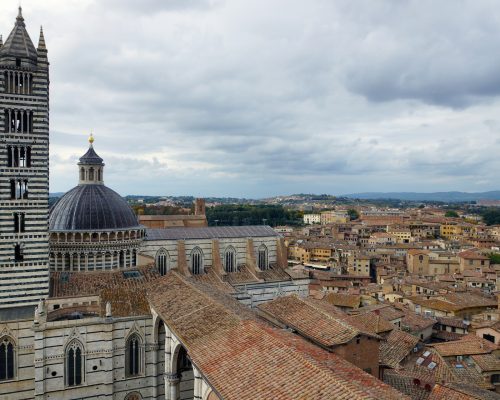
Bruges, Belgium
Bruges is a picturesque town in Belgium that is famous for its canals and medieval architecture. Visitors can take a boat tour along the canals and explore the town’s many historic buildings and landmarks. Bruges is also known for its delicious chocolate and beer.
Rothenburg ob der Tauber, Germany
Rothenburg ob der Tauber is a charming medieval town in Germany that is famous for its well-preserved old town. Visitors can explore the town’s narrow streets and alleys and visit the town’s many historic landmarks, including the Rothenburg Town Hall and St. Jakob’s Church.
Prague, Czech Republic
Prague is a beautiful city that is famous for its stunning architecture and rich history. The old town is a UNESCO World Heritage site and is home to many historic buildings and landmarks, including the Prague Castle and the Charles Bridge. Visitors can explore the winding streets and alleys of the old town and enjoy the city’s vibrant nightlife.
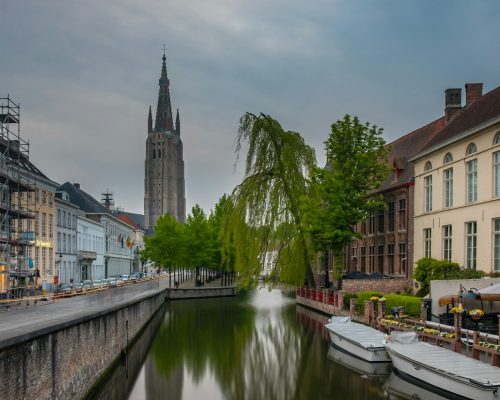
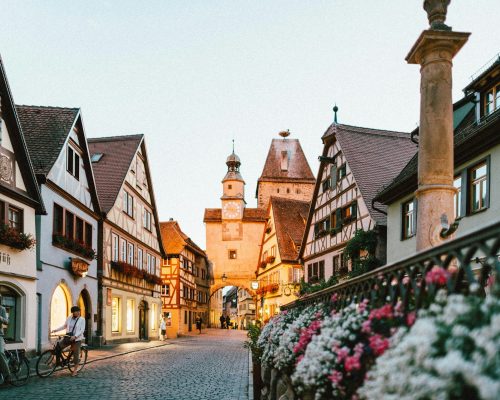
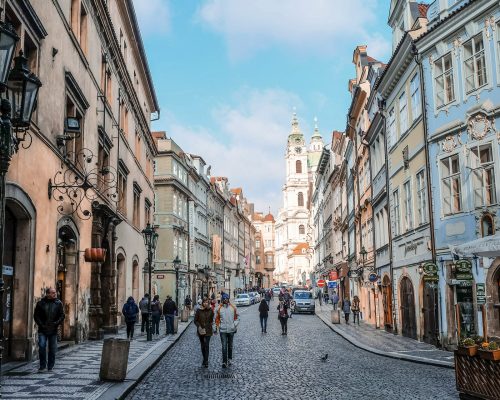
Tallinn, Estonia
Tallinn is a charming medieval town in Estonia that is famous for its well-preserved old town. Visitors can explore the town’s narrow streets and alleys and visit the town’s many historic landmarks, including the Tallinn Town Hall and the St. Olaf’s Church. Tallinn is also known for its delicious food and drink.
Toledo, Spain
Toledo is a beautiful medieval town in Spain that is famous for its stunning architecture and rich history. Visitors can explore the narrow streets and alleys of the old town and visit the town’s many historic landmarks, including the Toledo Cathedral and the Alcázar of Toledo.
San Gimignano, Italy
San Gimignano is a beautiful medieval town in Tuscany, Italy. The town is famous for its many towers, which were built by wealthy families in the 14th and 15th centuries. Visitors can explore the narrow streets and alleys of the old town and visit the town’s many historic landmarks, including the San Gimignano Cathedral.
Dubrovnik, Croatia
Dubrovnik is a beautiful medieval town in Croatia that is famous for its stunning architecture and rich history. Visitors can explore the narrow streets and alleys of the old town and visit the town’s many historic landmarks, including the Dubrovnik Cathedral and the Dubrovnik City Walls. Dubrovnik is also known for its beautiful beaches and crystal-clear waters.
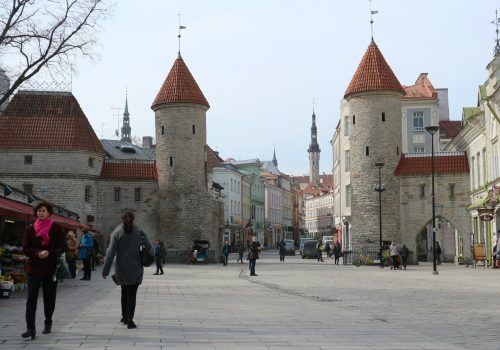
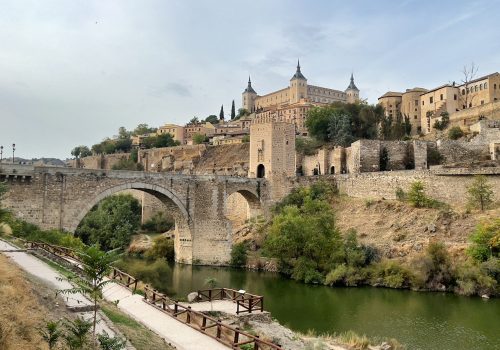
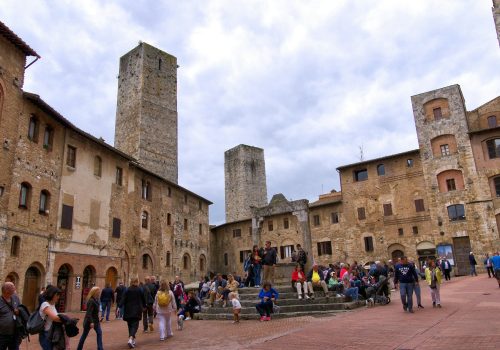
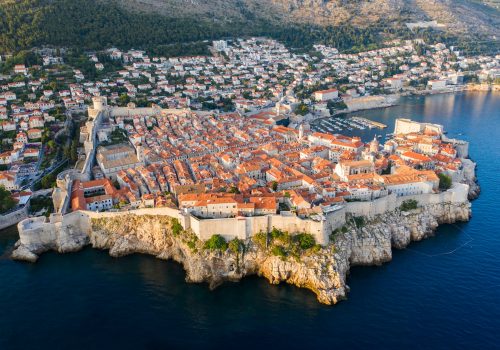
Tourism and Economy
Europe’s medieval towns are not only rich in history and culture, but they also attract millions of tourists every year. The tourism industry is a significant contributor to the economy of these towns, providing employment opportunities and generating revenue for local businesses.
Some of the most popular medieval towns in Europe include Prague, Venice, and Rothenburg ob der Tauber. These towns offer a unique experience to visitors, from their well-preserved architecture to their rich cultural heritage. Visitors can explore the narrow streets, ancient buildings, and historic landmarks that have stood the test of time.
In addition to tourism, many medieval towns in Europe have also developed other industries to support their local economies. These industries include agriculture, manufacturing, and services. For example, Bologna in Italy is known for its food industry, while Colmar in France is famous for its wine production.
Overall, the tourism industry plays a vital role in the economy of Europe’s medieval towns. By attracting millions of visitors every year, these towns are able to generate revenue and create employment opportunities. In addition to tourism, many of these towns have also developed other industries to support their local economies.
Conservation Efforts and Challenges
Preserving medieval towns requires a delicate balance between conservation and development. While modernization is necessary, it must be done in a way that does not compromise the historical significance of these towns. Many of the top 10 medieval towns in Europe have implemented conservation efforts to preserve their cultural heritage.
For example, the town of Rothenburg ob der Tauber in Germany has implemented strict building codes to ensure that any new construction or renovations are in line with the town’s historical architecture. Similarly, in San Gimignano, Italy, there are regulations in place to prevent any modifications to the town’s skyline, which is dominated by medieval towers.
However, conservation efforts can also present challenges. For one, it can be difficult to strike a balance between preserving the town’s historical integrity and making it accessible to tourists. Many of these towns rely heavily on tourism for their economy, so it can be tempting to prioritize development over conservation.
Additionally, the cost of conservation can be prohibitive. Many of these towns require ongoing maintenance and restoration work to keep them in good condition. This can be a significant financial burden, especially for smaller towns with limited resources.
Despite these challenges, the top 10 medieval towns in Europe remain committed to preserving their cultural heritage. By implementing conservation efforts and finding ways to balance development with historical preservation, these towns are ensuring that future generations can continue to appreciate their rich history and unique beauty.
Frequently Asked Questions
What are the most well-preserved medieval towns in Europe?
Europe is home to many well-preserved medieval towns that offer a glimpse into the past. Some of the most well-preserved towns include Rothenburg in Germany, Bruges in Belgium, and Carcassonne in France. These towns have retained their medieval architecture and charm and attract millions of visitors every year.
Which medieval city was considered the greatest in Europe during the Middle Ages?
Venice, Italy, was considered the greatest medieval city in Europe during the Middle Ages. The city was a major maritime power and facilitated trade and cultural exchange. Venice is known for its intricate canal system, magnificent palaces, and iconic St. Mark’s Square.
What are the characteristics of a typical medieval town layout in Europe?
Medieval towns in Europe typically had narrow, winding streets that were lined with buildings made of stone or wood. The town center usually featured a market square, where merchants sold their goods. The town was surrounded by walls for protection, and the gates were closed at night. Churches and other religious buildings were often prominent features of the town.
How did the location of towns in medieval Europe impact their development?
The location of towns in medieval Europe played a crucial role in their development. Towns that were located near rivers or other sources of water were able to thrive because they could easily transport goods. Towns that were located near forests had access to timber, which was used for building and fuel. Towns that were located on trade routes were able to benefit from increased commerce.
Can you list some of the oldest medieval towns that can be visited in Europe today?
Some of the oldest medieval towns that can be visited in Europe today include Ribe in Denmark, which is Denmark’s oldest town and has a well-preserved medieval street; Óbidos in Portugal, which has a castle and well-preserved walls; and York in England, which has a well-preserved medieval city wall.
What are some examples of medieval city names that have survived to the present day?
Many medieval city names have survived to the present day, such as Paris, France; Florence, Italy; and Prague, Czech Republic. These cities have a rich history and offer visitors a chance to experience the culture and architecture of the Middle Ages.
Helpful Travel Planning Tips
Flights:
Search and book with ORBITZ. They search across 100s of travel sites to compare prices. If you are not ready to book? Set alerts for when prices drop.
Accommodations:
To book a hotel, check Hotels.com
Check here for Hostels
Travel Insurance:
I recommend getting travel insurance from Travelex Insurance to protect your purchase as soon as you book.
Activities:
For tickets, tours, and day trips, check with KLOOK.
Restaurants:
Disclosure: Please note that some links on this website are affiliate links. At no cost to you, I receive a commission if you make a purchase. I only recommend companies that I research and would use.
